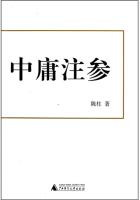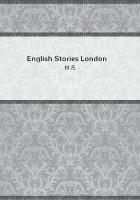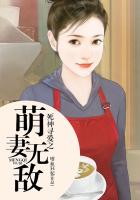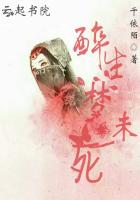In Huainan City, Anhui Province in China, there is a two-part allegorical saying: “Liu An made Beancurd -make the best of mistake.” Who is Liu An? What’s meant by “make the best of mistake”?
Liu An (179 BC-122 BC), the third generation King of Huainan, was a grandson of Han Emperor Liu Bang (256 BC-195 BC) and an uncle of Emperor Liu Che (156 BC-87 BC). The famous Huainanzi was compiled by his hangers-on under his calling.
According to historical records, Liu An inherited the peerage from his father at sixteen and became King of Huainan. He was smart and fond of reading. Thousands of his hangers-on had their own strong points, some of whom were good at alchemy.
Alchemy was a route for making pills of immortality in ancient times, which had existed prior to the Han Dynasty (206 BC-220 AD). In the Han Dynasty, it can be said that Liu An was the first person obsessed with alchemy. He usually picked a variety of minerals and plants from the mountains to make pills, and used bean juice as the mother liquor of them. One day, while he was making pills as usual, he carelessly poured the bittern into the bean juice. After a while, he was surprised to find that the thick bean juice gradually congealed into something as pure white as jade and as tender as cream. While everyone was shocked by this, one of them took a bold taste and could not help but exclaim: “How delicious it is!” Since then, beancurd came into being.
Just as gunpowder was invented due to a mistake in alchemy, beancurd was made by making the best of mistake. After that, Liu An continued to study and improve this mistaken method and passed the production method of beancurd to the local people. As more and more people know the method, it was gradually spread all over China.
The production method of beancurd was also spread abroad. Monk Jian Zhen (687 or 688-763) went to Japan and took the method with him in 753. In the Song Dynasty (960-1279), the method was introduced to Korea. In the mid-nineteenth century, the missionaries brought the method of making beancurd from China to Europe and Americas. By the twentieth century, beancurd has gradually developed into a worldwide food.
Nowadays, more and more types of beancurd are available, and the production methods have become more and more sophisticated. In terms of origin, we have southern and northern beancurd; in terms of production method, we have big beancurd, small beancurd, dried beancurd, beancurd skin, jellied beancurd, as well as fermented beancurd and strong-smelling preserved bean curd, etc.
Beancurd is a standing dish of the common people, which is not only inexpensive, but also nutritious, suitable for both children and adults. In some places, beancurd is also an essential dish on special days. For example, beancurd cannot be excluded in the New Year’s Eve dinner in some places, as “beancurd” and “all are blessed” are homophonic, for the sake of auspiciousness. While in some other places, it is an essential dish in conducting funerals. If someone told you he had a beancurd dinner, it means he offered his condolence to the deceased. “Beancurd dinner” refers to the dinner prepared to entertain the friends and relatives who come to offer condolences. Why so? It is supposed that the white color of beancurd symbolizes the deceased’s unblemished life or symbolizes the funeral affairs. There is another saying that it is supposed to have a vegetarian diet rather than have lavish meals at funerals, and beancurd is the first choice. The latter saying seems more credible. But the origin of “beancurd dinner” has been lost.
Accompanied by beancurd for more than two thousand years, the Chinese people have created a huge number of related idioms. For example, “brine forms the beancurd -one thing always overcomes another”, “beancurd mixed with chopped green onion -perfectly clean”, “beancurd strung on horsetail -you can’t lift it”. As another example, you may advise others not to be so hasty by saying “Don’t get anxious to eat hot beancurd”; if a person is too short, you may say “three beancurds piled up are higher than you”; feeling remorseful and angry for your doing stupid things, you may ridicule yourself by saying “I should buy a piece of beancurd and kill myself”; a man philandering a woman is called “eating beancurd”, or “eat someone’s beancurd”. So, if you like beancurd, you can say “I like eating fried beancurd, quick-fried beancurd, stewed beancurd, cold beancurd ...”, but do not say, “I like eating beancurd”.















